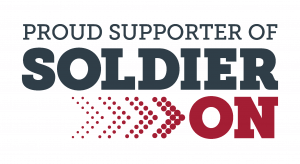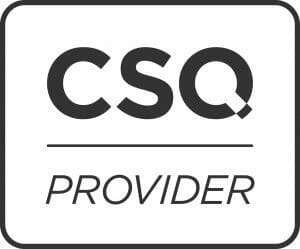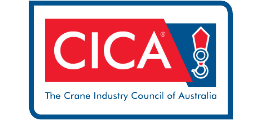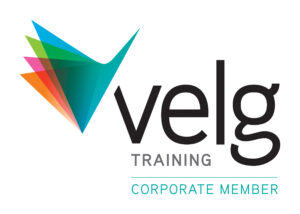There are two common licences for EWP’s (aka Elevated Work Platforms);
- An EWPA Yellow Card Trained Operator Licence, and
- A High Risk Work Licence Class WP
We are often asked questions about the key differences between these two licences and have put together this helpful post to answer your frequently asked questions in greater detail.
It includes information such as;
– What kinds of machines does each licence cover?
– Do any height restrictions apply – what are they?
– Will you need just one or both licences when working with EWP’s?
By the end of this post, you will have gained greater clarity regarding exactly which licence you need for your specific work context. You will also know what to look for in an EWP training provider so you can easily gain the necessary skills you need for future success.
YELLOW CARD TRAINED OPERATOR LICENCE
A Yellow Card can cover 1-5 of the following machines:
- SL – Scissor Lift
- VL – Vertical Lift
- BL – Boom Lift (under 11m)
- TM – Truck Mount (under 11m)
- TL – Trailer Lift (under 11m)
As you can see in the list above, there are NO height restrictions on the scissor lift or vertical lift.
The Yellow Card is an industry licence that is issued through the EWPA (Elevating Work Platform Association of Australia). It is recognised nationally and is a highly known and respected licence in the industry.
Although it is not a legal requirement to have a Yellow Card licence to operate the above machines, it is a legal requirement to have proof of your training, such as a licence, statement of attainment or other training certificate.
We always recommend getting your Yellow Card licence as it is the most commonly requested form of training for operators on their job sites. We also award you a statement of Attainment in RIIHAN301E – operate elevating work platforms when you complete a yellow card with us.
An EWP Yellow Card (RIIHAN301E) training course covers the following areas:
– How to plan and prepare for operating an elevating work platform, including;
– Safety checks for hazards and risks, implementing control measures
– Ensuring work is compliant with site policies and procedures
– How to identify site requirements for emergencies at heights
– Selecting PPE
– Coordinating and communicating planned activities
– How to operate an EWP, including;
– Pre-start and post-start inspections and checks
– Identify faults/defects
– Stabilise and position EWP and move to/from work site
– Use of manufacturer approved safety devices fitted to the machine
– Respond to monitoring systems/alarms
– General “housekeeping”, including;
– Clearing worksite and materials
– Checking, cleaning, maintaining and storing the EWP, tools and equipment
– Documentation according to workplace requirements
After successfully completing this course (which is recognised Australia wide), you will have the necessary training required to operate a scissor lift and vertical lift without any height restrictions. You will also be able to operate an EWP (Boom Lift, Truck Lift, Trailer Mount) under 11 metres.
If you need to operate boom lifts that have a capacity higher than 11m, a special high risk licence is required (see below for more info).
HIGH RISK WORK LICENCE WP (Boom over 11m)
It is a legal requirement to hold a high risk work WP licence when operating a Boom type EWP with a boom reach of 11m and above. Boom type EWP’s are also commonly known as cherry pickers and knuckle booms.
This licence does NOT allow you to operate a scissor lift. The only machine you are allowed to operate with a High Risk Work WP licence is a Boom type EWP.
A High Risk Work WP licence is nationally recognised and is issued through each individual state or territories WHS regulator. These regulators are commonly known as WorkCover however this is a former name. In NSW the WHS regulator is SafeWork NSW. You can find out your state or territory regulator at www.safeworkaustralia.gov.au
What to Look for In an Elevated Work Platform Training Provider:
Not all EWP courses are created equal! It is important to be trained by industry experts to maximise your understanding of the content and the opportunity for you to successfully qualify the first time.
· Accreditation and Compliance
Both the EWPA Yellow Card Trained Operator Licence and High Risk Work Licence Class WP are nationally accredited courses which should be facilitated by certified trainers who are highly experienced in these areas.
Any quality EWP training should ensure the course content is easily understood and compliant at all times. That way you can become qualified while also experiencing the more realistic setting possible to successfully set you up for the situations you will experience at site on the job.
· Comprehensive Curriculum
Ensuring a comprehensive understanding of the necessary qualifications is the primary goal of any good EWP training. This is important so trainers are always empowering individuals to advance within their chosen career paths.
EWP trainers should have helped numerous students gain the nationally recognised experience and knowledge they need to achieve course outcomes, receive their Statement of Attainment and become licenced.
· State of the Art Facilities & Equipment
In this industry the best training isn’t going to come from just a book. Learning EWP training should be a combination of theory and practical outcomes and all equipment should be in serviceable condition, including full arrest harness with current inspection.
· Flexible Learning Options
At Kallibr, we pride ourselves on offering a flexible learning environment – be that via one of our public or private on-site training courses, or our online learning option.
· An Emphasis on Safety
A need for stringent safety is synonymous with the construction industry – after all, the worksite can be a dangerous and high-risk environment.
That is why it is essential to know how to recognise and minimise potential risks, as well as how to respond appropriately should a hazardous situation arise.
Safety is a requirement and emphasis in our course to ensure your safety and welfare both during your time studying, and later on the job when dealing with high-risk equipment in a site environment.




